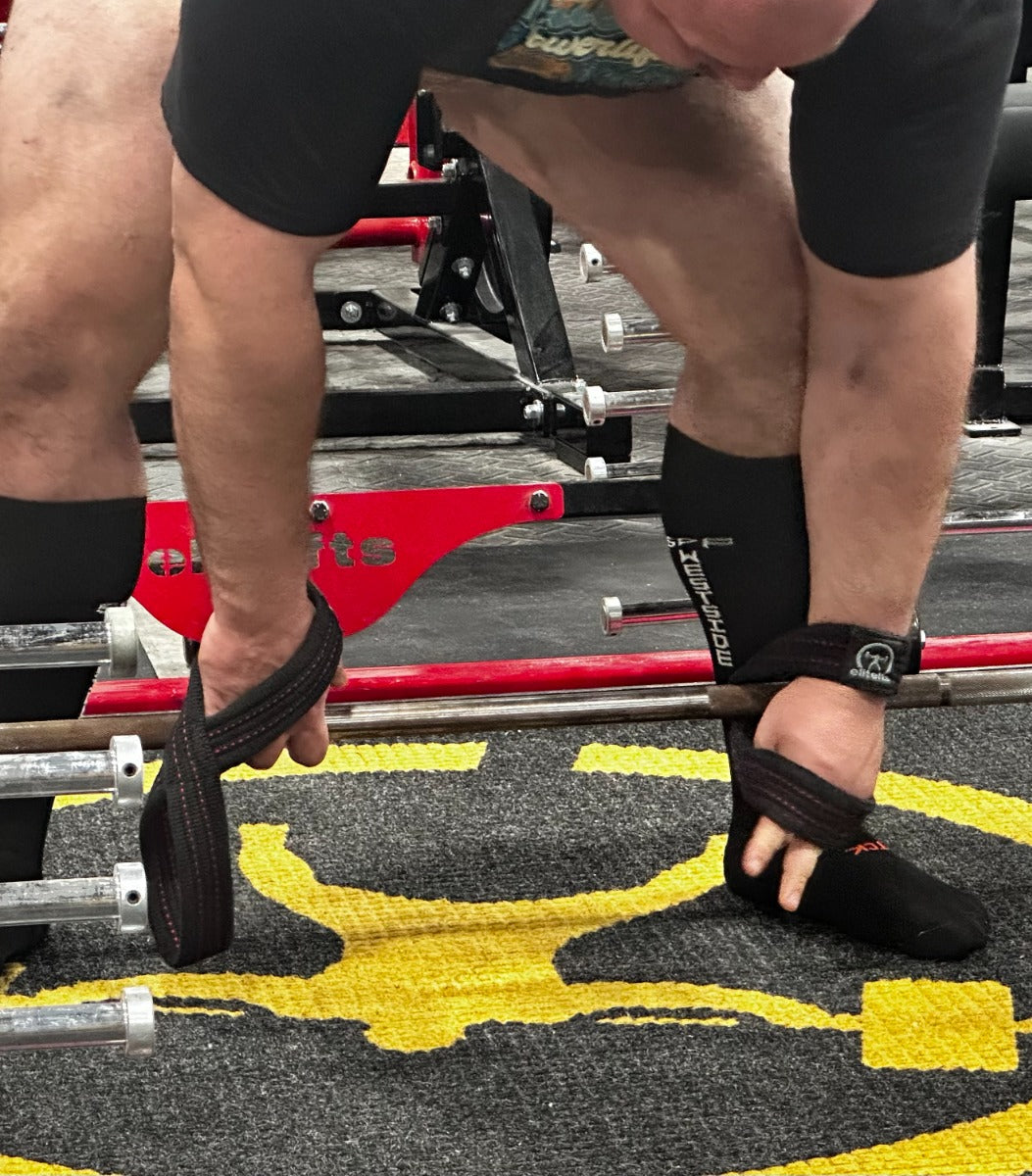In Part One of
Getting Jacked and Making Money, I gave an overview of helpful habits to form while Temporary Duty (TDY) and on the road, the role of carb back-loading and tempo in your nutrition and training, and different methodologies and influences I had as I set out to come back from TDY stronger, leaner, and more disciplined. In this part, I'm sharing a sample training and diet protocol in order to give you a more concrete look at how my training and diet was structured.
The best way to show you how my training and diet has evolved is to break down an eight-week program that I have used as a staff officer. This program took me through two different countries and seven different gyms. It has a conditioning emphasis with secondary goals of maintaining strength and muscle mass. Please note that I slowly increased my work capacity over time to tolerate this amount of volume, so this may be overkill if you are untrained or coming off a layoff.
Training/Conditioning


As you can see, I trained seven days a week for the first block: three days of strength work and four days of conditioning. (This helps keep me sane and from thinking too much when I’m away from home). I used an eight-week conditioning plan that came with Joel Jamieson’s Conditioning Blueprint DVD as my model; therefore, out of respect, I did not list the actual volume prescriptions. (This is a great resource by the way). There were less-taxing days built into the program and I did not need to take any days off at this point. I made a point of emphasizing explosive work in my earlier articles, so some may be wondering where that is in the program. At this point, I don’t really program these. Instead, I finish every pre-lift extensive warmup with some sort of jump or med ball throw series to meet that requirement.
Wednesday is my high-rep “bodybuilding” day. Except for the first exercise, I don’t really care or try to push the weight too much. The emphasis is on making the muscles do the work and forcing as much blood through the muscles as possible. (I can’t believe I just wrote that sentence). This helps build/maintain muscle mass and support strength gains while minimizing recovery impacts and joint stress. Plus, everyone likes to get a little swole (smiley face and all that), and this workout is not mentally draining.
Friday is my squat and deadlift day so that I can get a lower back and thigh pump before hitting the O’ Club in shorts. I chose pause squats for this cycle to reinforce depth and to lessen the amount of weight on my back (and therefore impact) so that I could recover during a conditioning block. As you can see, I rotated stiff-leg deadlifts with regular pulls from the floor to keep my body fresher for the conditioning work. Those Russian scholars among you probably recognize the percentage and set/rep schemes on the main lifts as coming from Prilepin’s Chart. James Smith posted a variation on EFS of Prilepin’s work that he used with his players at PITT awhile back, and that’s my go-to for sub-max training. For this block, though, I tried to shoot for the middle of the medium volume range. The single-leg work was done with bodyweight only.
Sunday is bench day, and I used James’ version of Prilepin’s chart to program that as well. The chaotic press variation (crazy bell bench, etc.) is something Wenning emphasizes in his manual, and I feel that it gives me very good carryover to lifting and to life.


I added another conditioning session for this block, but I dropped back to six days a week of training. (Three strength sessions and five conditioning sessions). I did this by doing morning conditioning on my upper body days and taking Mondays completely off. I found that this was necessary in order to keep my mind fresh and my body from getting too beat up once the pace of our actual TDY work picked up. As the conditioning volume increased, the strength volume decreased slightly in the form of a few less sets on Wednesday, and by dropping the volume to the low-medium range on the main lifts on Friday and Sunday. During Week 8, I worked up to a rep-max (bench and squat) or a heavy single (deadlift) at 90% of my estimated 1-RM to see how my strength levels fared after all that conditioning. My bench increased a little over the cycle as I hit five reps with that weight. My deadlift increased a little as well, and my squat stayed pretty much exactly the same. So, the training met the goal of maintaining strength.
This was a successful eight weeks of training for me. I ended up dropping only about three pounds during this cycle while leaning out significantly, so I met my goal to maintain lean muscle. Most importantly, my conditioning improved significantly as I shaved a good bit of time off my 1.5 mile run. The take-away point here is that you must first decide on your goals and pick a time frame in which you want to pursue those goals. Then, you work backwards to get where you need to start. I should note that I also use the BioForce HRV system to help monitor training readiness. I try to use it to gauge how intensely to push things on a daily basis, but in reality I’m very stubborn, and I usually end up doing exactly what I already had planned out. Still, for an engineer like me, it’s another good source of data to see how your body is adapting over time and something I recommend if you have the resources. It is also interesting to note the effects of things like sleep quality/quantity, “life” stress, and occasional alcohol consumption (or over consumption) on your readiness indicators the following morning.











































































































